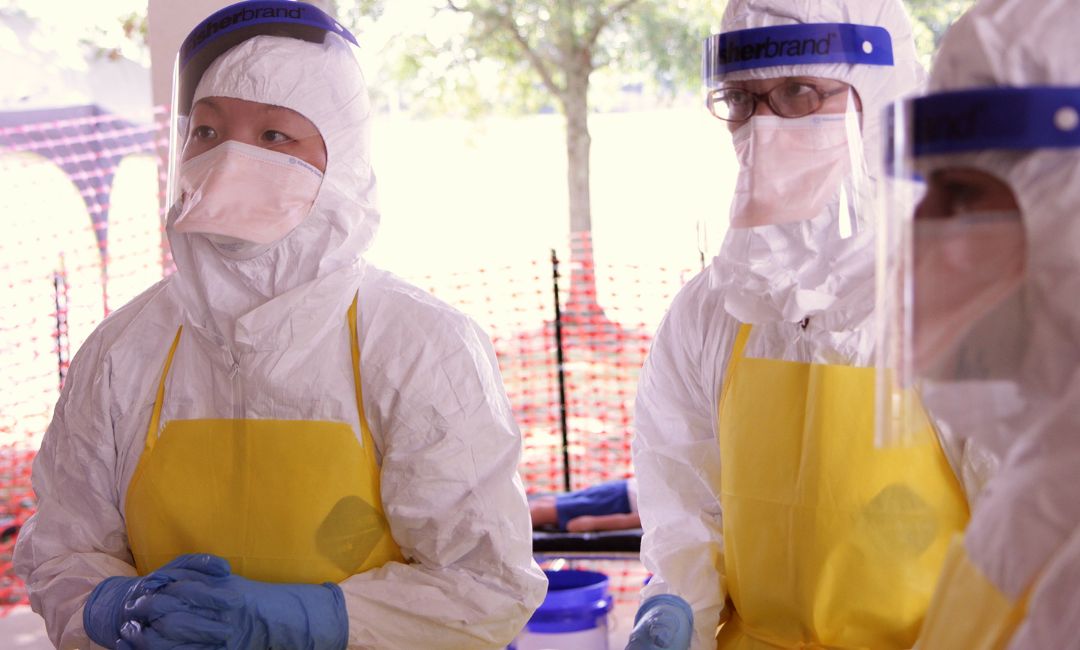NPs Role in the Healthcare Shortage
Practice Authority for Nurse Practitioners
The scope of authority for clinicians can be broadly categorized into three categories; full practice, reduced practice, and restricted practice. Organizations like the AMA campaign to ensure nurse practitioners work in reduced or restricted practices.
Full Practice
Full practice allows nurse practitioners to work independently without a supervising physician. These nurses can diagnose patients, order tests, prescribe medications, and run their own practices. The process of establishing full practice authority varies from state to state, as some may require specific training or experience working under a physician before granting full practice authority.
The following states and territories allow NPs full practice authority:
- Alaska
- Arizona
- Colorado
- Connecticut
- Delaware
- District of Columbia
- Florida
- Guam
- Hawaii
- Idaho
- Iowa
- Kansas
- Maine
- Maryland
- Massachusetts
- Minnesota
- Montana
- Nebraska
- Nevada
- New Hampshire
- New Mexico
- New York
- North Dakota
- Northern Marina Islands
- Oregon
- Rhode Island
- South Dakota
- Utah
- Washington
- Wyoming
Reduced Practice
Reduced practice restricts the scope of a nurse practitioner’s practice by limiting their ability to prescribe medication or run their own practice. These nurses are also rarely allowed to order tests or diagnose their patients, often working in offices supervised by a physician.
The following states and territories allow NPs reduced practice authority:
- Alabama
- American Samoa
- Arkansas
- Illinois
- Indiana
- Kentucky
- Louisiana
- Mississippi
- New Jersy
- Ohio
- Pennsylvania
- Puerto Rico
- S. Virgin Islands
- West Virginia
- Wisconsi
Restricted Practice
Restricted practice means that nurse practitioners are unable to have any independence in their practice. These nurses must work under the supervision of a physician with some possibility of loosened restrictions as the nurse gains experience.
The following states and territories allow NPs restricted practice authority:
- California
- Georgia
- Michigan
- Missouri
- North Carolina
- Oklahoma
- South Carolina
- Tennessee
- Texas
- Vermont









